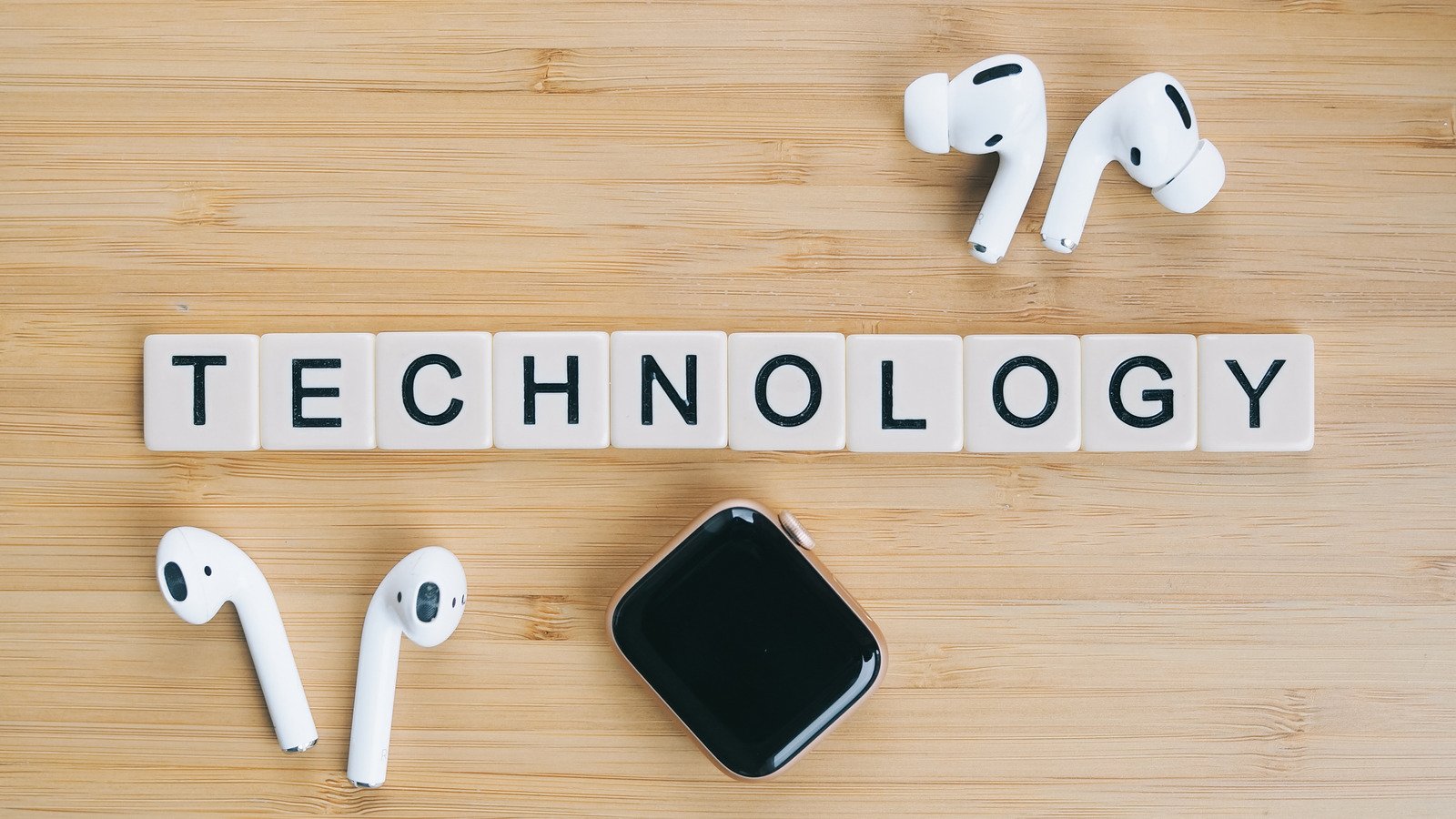In just a few short years, what once seemed like science fiction has become an everyday reality: smart homes. From voice-activated assistants and app-controlled lighting to fridges that can reorder groceries and thermostats that learn your habits, the connected home is no longer a futuristic dream—it’s here now.
But with all this convenience comes new questions: Are we really ready for fully connected living? What are the benefits, the drawbacks, and the things we still need to consider?
Let’s explore how smart home technology is transforming the way we live—and whether we’re prepared for what’s next.
1. What Exactly Is a Smart Home?
A smart home is a residence equipped with devices that automate tasks and can be controlled remotely via smartphone, tablet, or voice assistant. These devices are often connected through a central hub or Wi-Fi network, allowing users to monitor and manage their home environments in real-time.
Popular smart home technologies include:
- Voice assistants like Amazon Alexa, Google Assistant, or Siri
- Smart thermostats like Nest or Ecobee
- Lighting systems such as Philips Hue or LIFX
- Security devices including video doorbells, smart locks, and cameras
- Appliances like ovens, refrigerators, washers, and vacuums with built-in connectivity
The goal? To create a living space that’s efficient, comfortable, secure, and personalized.
2. The Perks of Connected Living
The growing popularity of smart homes isn’t just about novelty—it’s about solving everyday problems in intuitive ways. Here are some of the biggest advantages:
Convenience
Forget getting up to turn off the lights or adjust the thermostat. With a few taps—or a voice command—you can control your home without lifting a finger.
Energy Efficiency
Smart thermostats and lighting systems help reduce energy consumption by adjusting based on your schedule or preferences. This not only saves you money but also benefits the environment.
Safety and Security
Video doorbells, motion sensors, and smart locks allow homeowners to monitor and secure their properties in real time, whether they’re home or away.
Remote Access
Whether you’re on vacation or at work, smart devices let you check in on your house, unlock the door for a guest, or even preheat your oven.
Personalized Experiences
Smart speakers can suggest music based on your mood. Thermostats adjust the temperature just how you like it. Fridges track your groceries. Your home starts to anticipate your needs.
3. Are There Downsides to Smart Living?
As with any tech revolution, there are challenges and concerns that come with embracing fully connected living.
Privacy and Security Risks
Smart devices collect a large amount of data—when you’re home, what you watch, your habits, even your voice. This raises concerns about data privacy and potential hacking. Weak passwords, outdated software, or unsecured networks can all create vulnerabilities.
Device Compatibility
Not all smart home devices play well together. You might need different apps or hubs to control different systems, which can become confusing and fragmented.
Cost Barriers
Smart devices can be expensive, especially when retrofitting an entire home. While they can save money over time, the initial investment might be a barrier for some.
Tech Fatigue
Some people feel overwhelmed by the constant updates, app changes, or voice command errors. When systems go down, the convenience can quickly turn into frustration.
4. The Future of Smart Homes
The smart home industry is evolving rapidly, and the homes of tomorrow are being designed with connectivity and automation built-in from the ground up.
Here’s what the future might hold:
- AI-powered assistants that learn and adapt even more intuitively
- Interoperability standards, like Matter, making devices from different brands work seamlessly together
- Sustainable design, where smart homes reduce water and energy waste automatically
- Health tracking, where homes monitor air quality, sleep patterns, or even detect falls for elderly residents
- Augmented reality (AR) integration for home design, remote tech support, and virtual interactions
In essence, homes won’t just be smart—they’ll be intelligent, proactive, and deeply personalized.
5. Are We Ready for Fully Connected Living?
Whether or not we’re truly “ready” for fully connected living depends on how we approach it.
Here’s what individuals and society can do to prepare:
Educate Ourselves
Understand how smart devices work, how to secure your network, and how your data is used. Awareness is the first step toward safe and confident use.
Start Small
You don’t have to convert your entire house overnight. Start with a smart bulb, a speaker, or a thermostat. Get familiar with one system before expanding.
Prioritize Security
Use strong passwords, two-factor authentication, and regularly update your devices. Consider routers and hubs with built-in security features.
Stay Balanced
While technology can enhance our lives, it shouldn’t dominate them. A smart home should serve you—not the other way around.
Final Thoughts: A Smart Home Should Feel Like Home
The rise of smart homes marks a pivotal moment in how we interact with our living spaces. We’re no longer passive occupants—we’re active managers of our environments, able to shape our surroundings in real time.
But being “smart” isn’t just about gadgets and automation. It’s about making informed choices—choosing tech that fits your lifestyle, improves your wellbeing, and protects your privacy.
So, are we ready for fully connected living? For many, the answer is yes—with the right mindset and precautions. The future is knocking (probably on a smart doorbell)—are you ready to answer?





